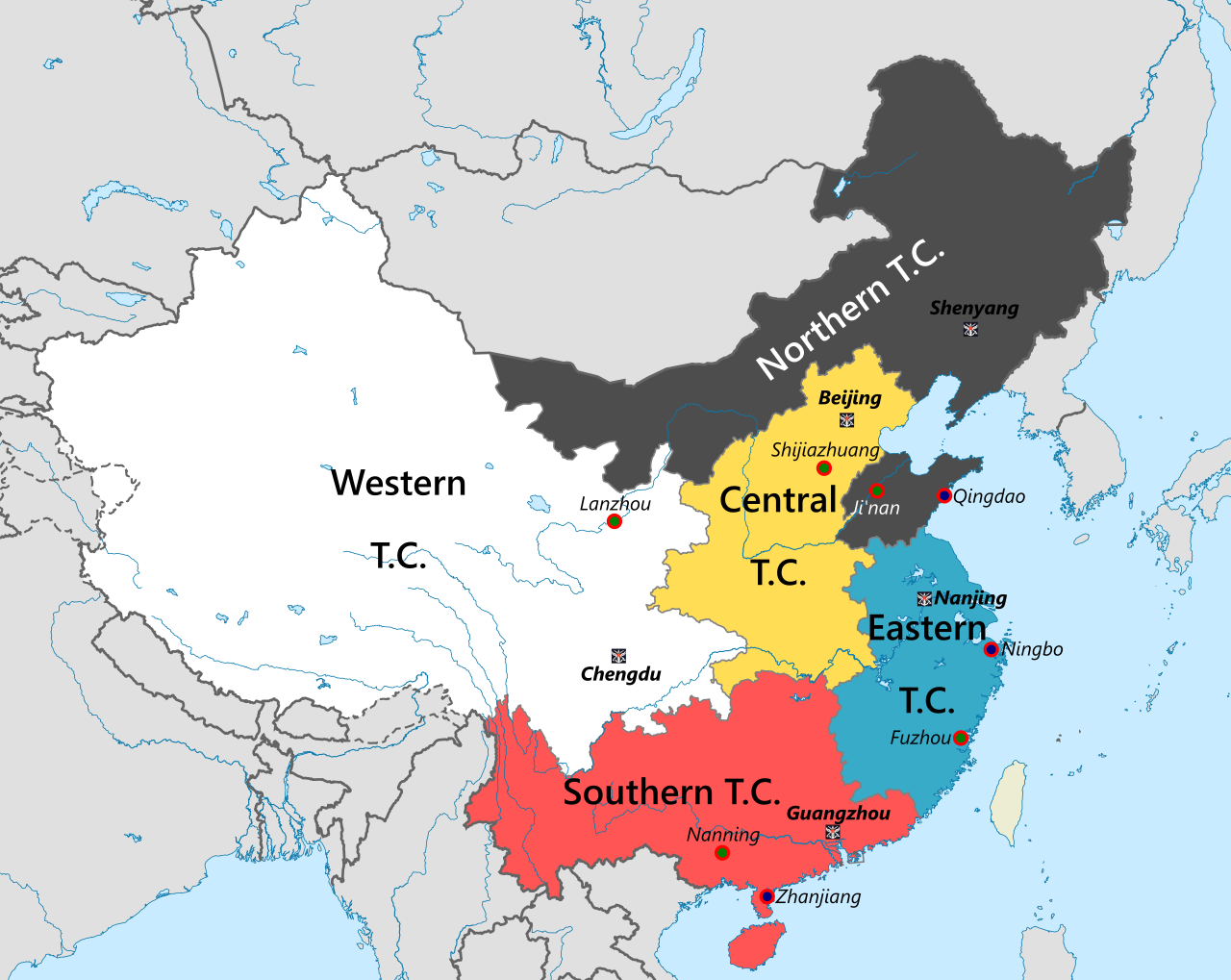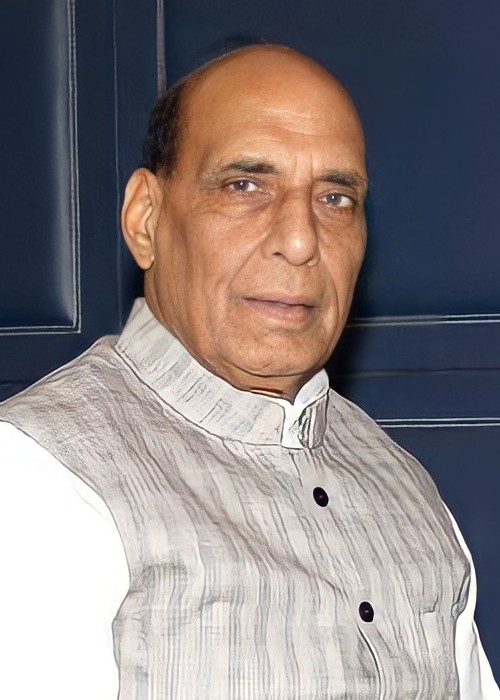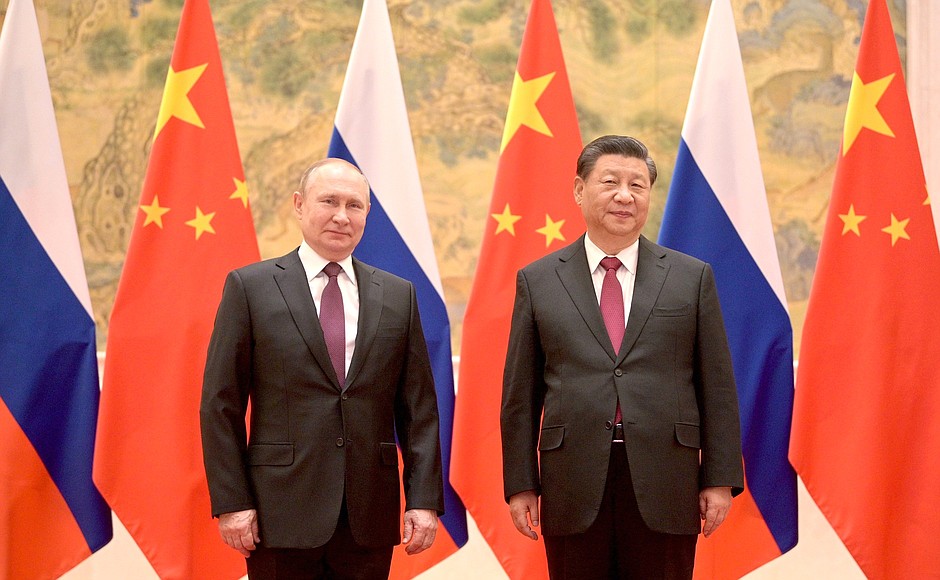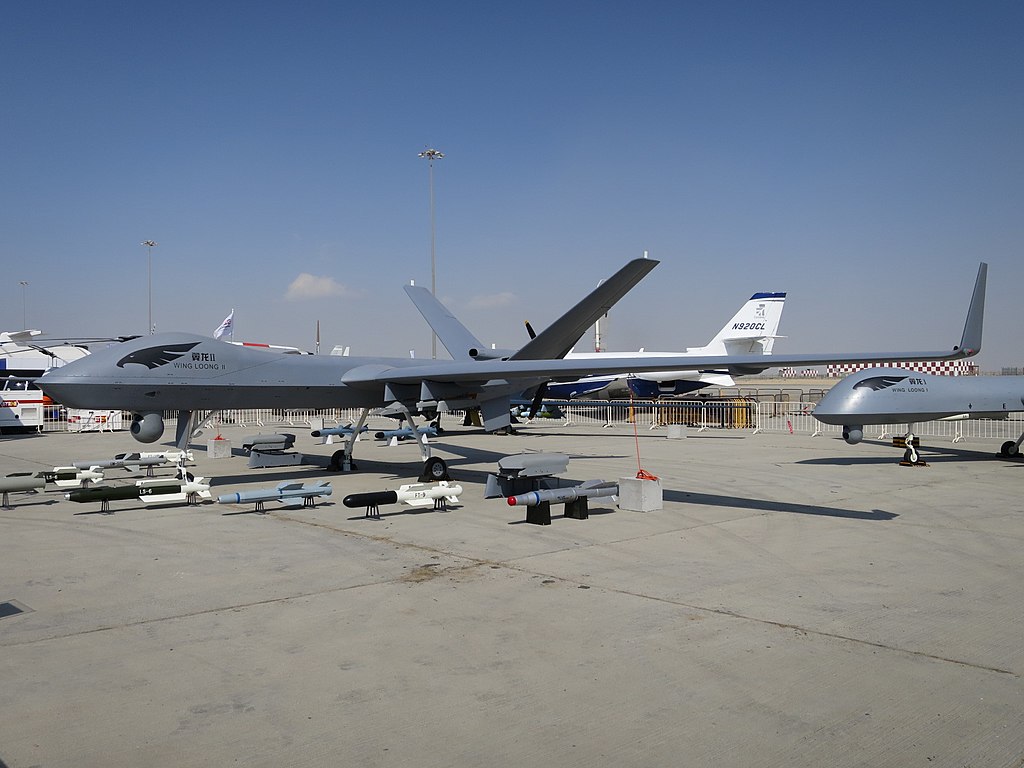“[Cognitive domain operations] can… achieve the political purpose of “subduing soldiers without war” or “fight less but win all.”
The People’s Liberation Army (PLA) newspaper PLA Daily recently published an article from the Academy of Military Science analyzing the concept of cognitive domain operations (CDO) in hybrid warfare. As the Academy of Military Science is responsible for PLA doctrine, the article may provide insight into China’s doctrine on CDO. The author proposes a new perspective of CDO in the hybrid domain. The editor’s note prefacing the article explains that CDO is an extension of information operations, similar to how hybrid warfare is an extension of physical domain operations or traditional warfare.
According to the article, militaries conduct CDO on three levels. The first is “cognitive deterrence,” which entails deterring the enemy by demonstrating absolute military strength, paralyzing an enemy’s financial systems, conducting economic blockades, and imposing sanctions to deliver a psychological shock to the enemy. The second is “cognitive shaping operations,” which entail altering the enemy’s values, political attitudes, religious beliefs, and mental state to conform to one’s objectives or cause confusion. Finally, “cognitive deception” entails using public opinion propaganda, network attacks, and transmission of false information to influence the enemy’s decision-making in a desired direction.
The author posits that CDO can ultimately determine victory or defeat by seizing the initiative. The author believes that CDO employing multiple means and methods—military, non-military, and specialized—can achieve decisive goals. The author views CDO as part of the non-military methods to achieve maximum goals with minimum resources and risk. The key components of CDO are continuous operations during peacetime and war, influencing the opponent’s cognition and disrupting its decision-making process. The author views CDO as a full-spectrum offense and defense employing political, economic, military, diplomatic, public opinion, and other means in multiple domains during both peacetime and wartime. While broader in scope, aspects of the PLA’s concept of cognitive warfare resemble the more focused Russian concept of reflexive control developed during the Soviet era. Reflexive control seeks to insert targeted messaging into an opponent’s collection, analysis, and decision-making process to shape the enemy’s cognition and cause them to act in a desired manner.
Source:
“混合战争视野下的认知域作战 (Cognitive Domain Operations from the Perspective of Hybrid Warfare),” PLA Daily (newspaper of the People’s Liberation Army), 6 June 2022. http://www.81.cn/jfjbmap/content/2022-06/07/content_317171.htm
Through the practice of several local wars in recent years, it has been found that hybrid warfare can be regarded as an extension of traditional physical domain operations to a certain extent, while cognitive domain operations can be regarded as a further extension of previous information domain operations. In other words, both hybrid warfare and cognitive domain operations were born out of yesterday’s traditional warfare, and the two are closely related and have different emphases. How to grasp the new characteristics and new laws of cognitive domain operations from the perspective of hybrid warfare is a new perspective for advancing the research on cognitive domain operations.
“On the surface, current cognitive domain operations mainly act on people’s perception, feeling, emotion, morale, thinking, judgment, spirit, belief, and other areas. However, at the practical level, cognitive domain operations are often a full-scale attack and defense in the multi-dimensional field by using political, economic, military, diplomatic, public opinion, and other comprehensive means. If the physical domain operation is the premise and foundation to eliminate the enemy’s effective forces, and the information domain operation is the means and support to win victory in war, then the cognitive domain operation is the key to ultimately determine the victory or defeat of the war, force the enemy to yield, and achieve the war’s objective.
…Cognitive domain operations in the perspective of hybrid war start from the conscious level as the principal part of war to act directly on people’s will, belief, thinking, and psychology, etc., and [aim to] achieve the intended goals such as psychological attack, value shaping, cognitive influence, and mental control by maintaining one’s own cognitive advantages and attacking the enemy’s cognitive disadvantages. Specifically, it can destroy the fighting will of the enemy’s officers and soldiers through cognitive attacks on them; Through the cognitive control of the enemy’s leadership, the purpose of influencing the decision-making and judgment of the enemy’s leaders can be achieved. Through the cognitive shaping of the enemy people, we can achieve the purpose of interfering with the enemy people’s recognition of the value of the country and the government, and finally achieve the political purpose of “subduing soldiers without war” or “fight less but win all”.
Cognitive domain warfare methods and means are mixed and diverse
Cognitive domain operations from the perspective of hybrid warfare, the multi-dimensionality of the space domain and the diversity of participating forces have spawned innovative improvements and enriched development of cognitive domain combat tactics.
In recent local wars, some foreign military combat methods and means in the cognitive domain have also shown a new trend of mixing and diversifying.
One is cognitive deterrence. By demonstrating absolute military strength, paralyzing the financial system, carrying out economic blockades, and imposing trade sanctions, the enemy is given psychological and spiritual shock and deterrence, so as to achieve the combat purpose of making the enemy cowardly, yield and retreat. Another example is to broadcast to the enemy a video of its advanced weapons and equipment accurately destroying the enemy’s important targets, causing it to have a psychological shadow, so as to actively give up resistance, etc.
The second is cognitive shaping operations. Through the induction and agitation of the enemy’s values, political attitudes, religious beliefs, mental states and other ideological fields, gradually make them abandon or form a new specific concept, cause value confusion, shake their will to fight, and thus affect their war. Attitude, etc.
The third is cognitive deception. Through public opinion propaganda, network attacks, thinking induction and other means, false information is transmitted to the enemy, thereby affecting its decision-making and judgment. For example, virtual reality and intelligent audio-visual synthesis technology are used to simulate the commander’s order, making it difficult to distinguish the true and false of the enemy, thereby causing confusion in the enemy’s command, disorder in actions, and failure of combat operations.”






